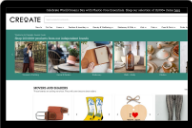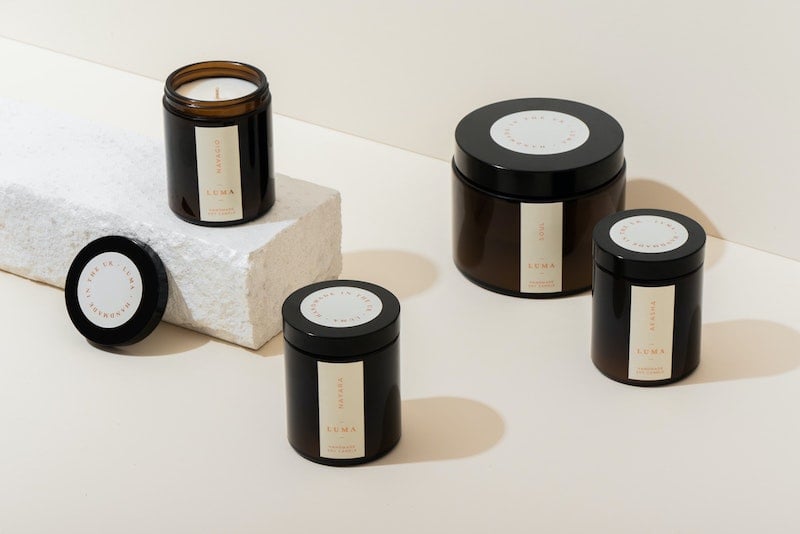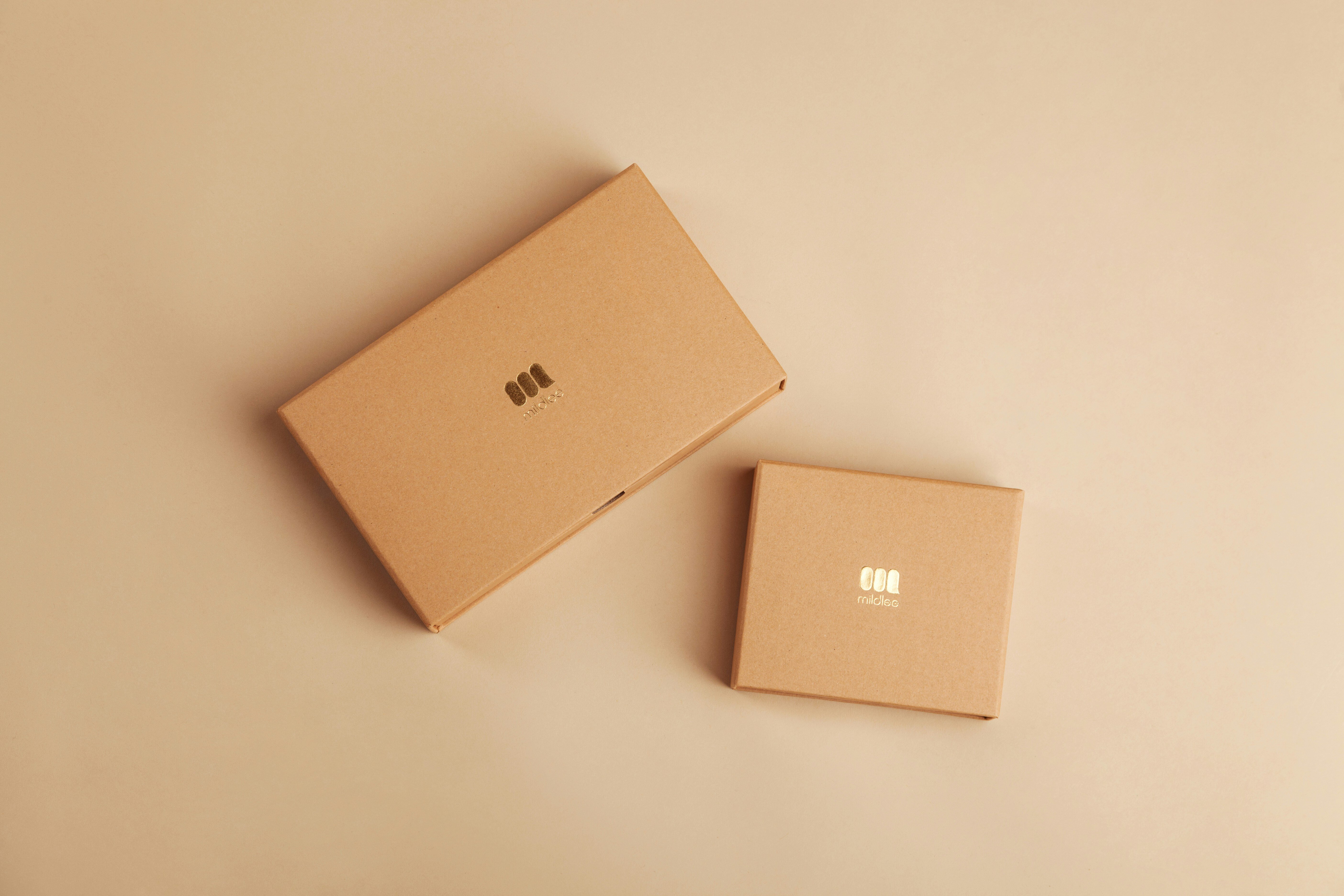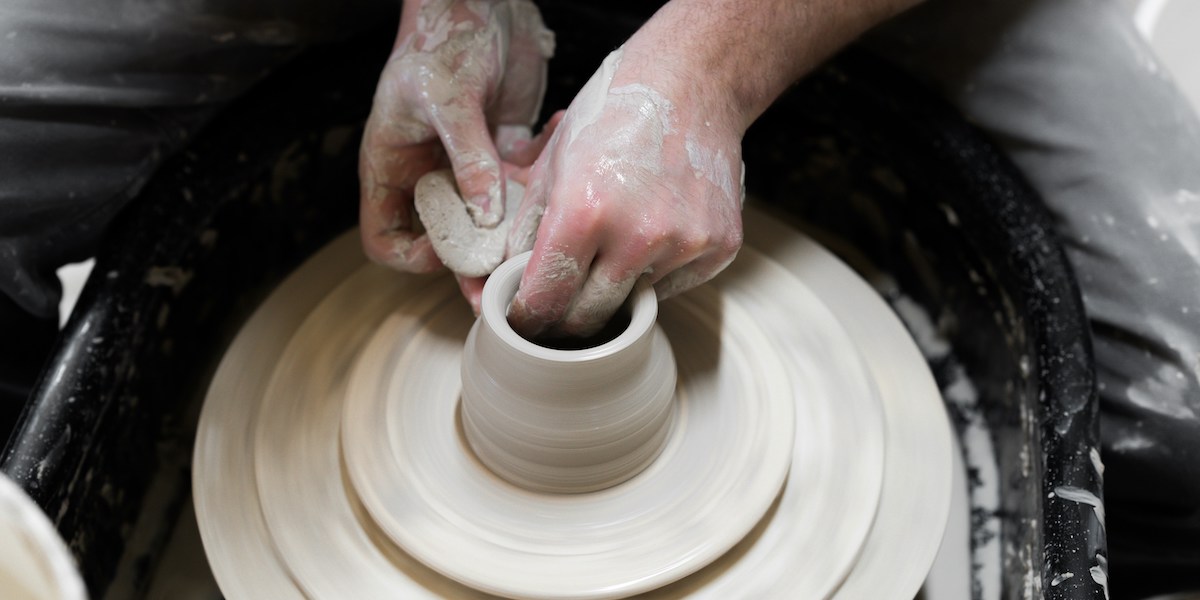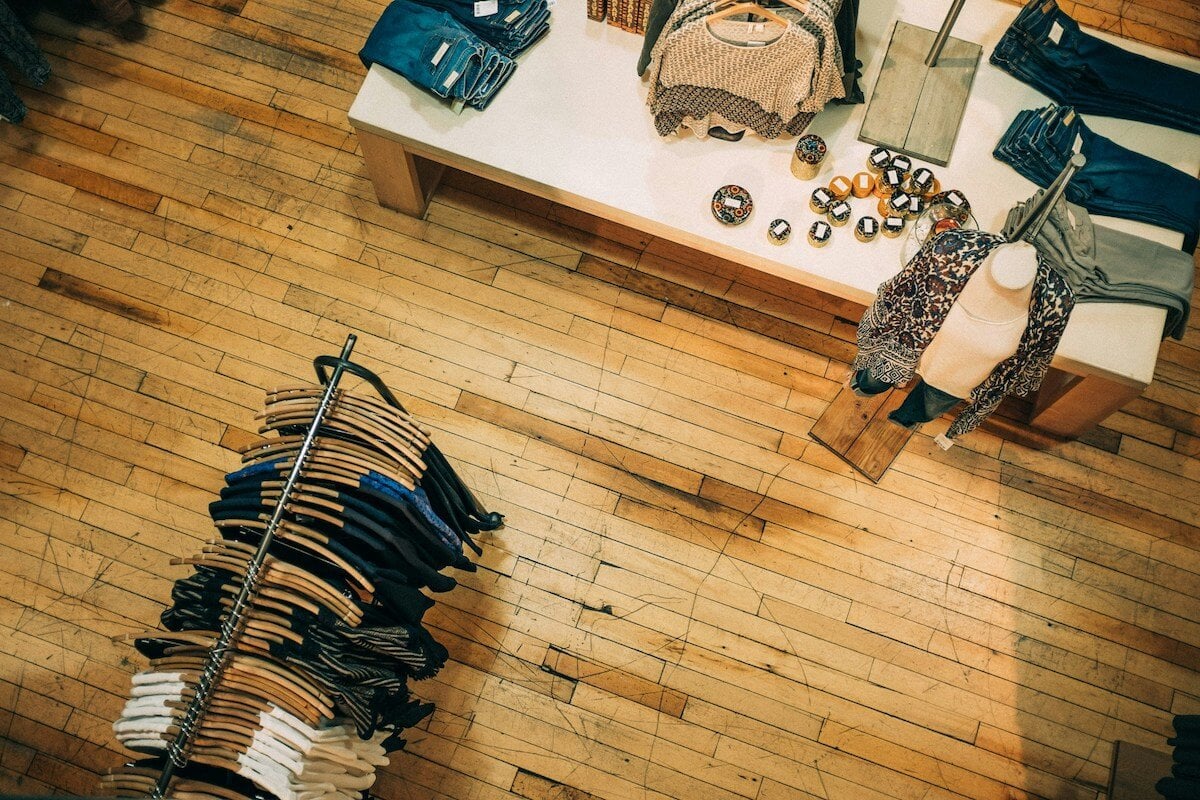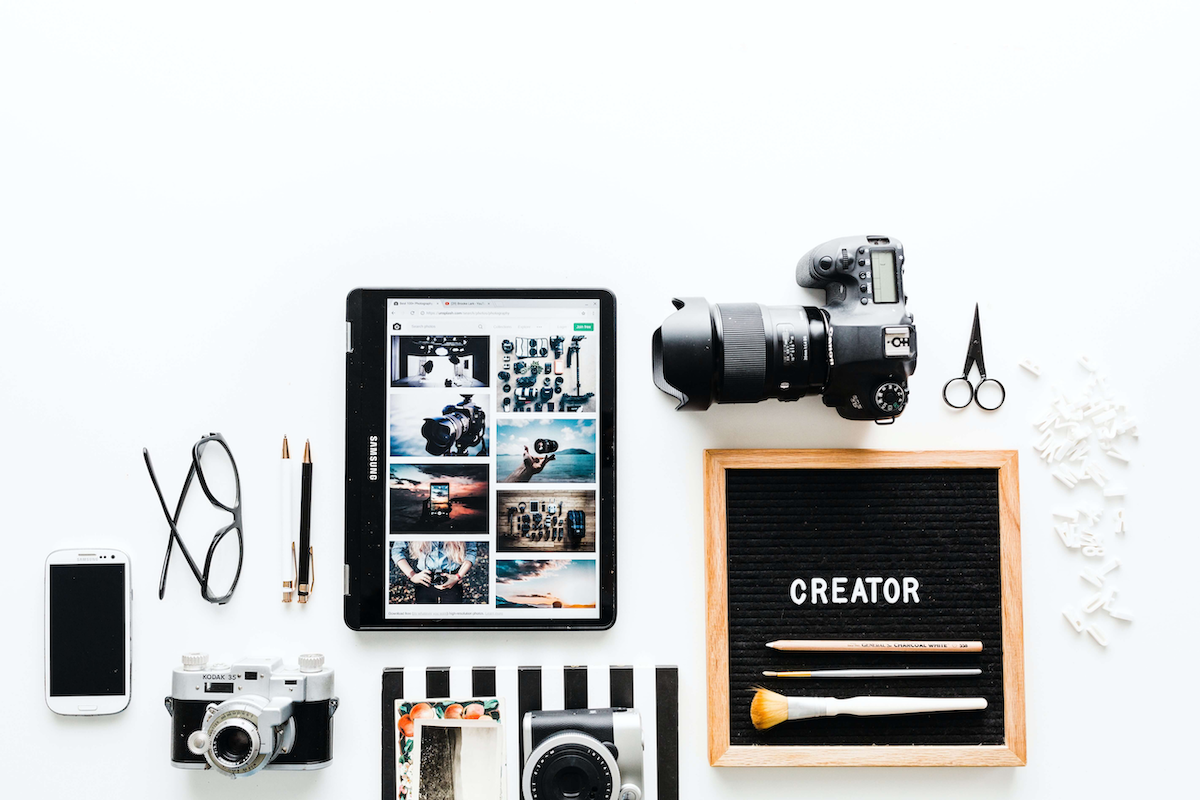
When it comes to advertising your products online, presentation matters. Especially for small business owners. In fact, 90% of Etsy shoppers said the quality of product photos influenced whether they made a purchase. Great photos capture buyers’ attention, giving them important information about a product’s colour, size, materials, etc. They can also influence how a buyer feels about a product, painting a picture that allows them to visualise how the item fits into their lives and businesses.
In short, taking quality photos for ecommerce is important, and we here at CREOATE have created a comprehensive guide — from scene lighting to set styling — to provide a one stop shop to ramp up your product photography game.
On this page
- Choose your camera
- Decide on your creative direction
- Select the perfect “shot”
- Always use a tripod
- Control your lighting
- Create a professional background
- Make use of editing software
- Reevaluate, Readjust and mix things up
1. Choose your camera
Thanks to the advent of smartphones and their sophisticated cameras that sit conveniently in our pockets, product photography no longer has to be a costly process. In fact, it can often be done right from home! Of course, if you have a DSLR camera at your disposal, use that. When using a DSLR, you’re able to customize the camera’s ISO, shutter speed, aperture, etc. to create crisp images every time. For a more in-depth manual on DSLR camera settings, visit this guide.
However, high-quality, professional product photos can also easily be taken from your smartphone. From add-on lenses to wireless snapshot remotes, little additions to your smartphone camera can make a huge impact on final photos. Read more about them here.
A camera is only one part of the bigger picture (literally!). Lighting, product styling and editing all contribute to making beautiful product photography.
2. Decide on your creative direction
As business owners, you know your products best. So, when choosing how to photograph your products, you should focus on how you want to present them to potential buyers. Creating a mood board can help decide what layouts and backgrounds will work best for your product. According to professional photographer Danni Rossi, “If you’re working with a photographer, share your ideas with them and work on a mood board together — I use Pinterest and Canva for that! This will help you both stay aligned to your brand in terms of colour, mood, etc.”
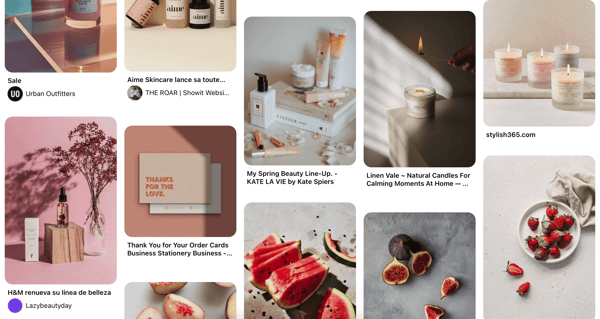
It’s also important to keep your audience in mind: how old are they? What are their interests? Are you advertising to a luxury or a more budget-friendly market? All of these factors can affect how a photoshoot is styled, as well as the final results.
For example, shoots with a white, unaltered background make sure the viewer’s focus is solely on the product itself. However, photos taken with a more dynamic background can help tell a story to the consumer. A photo’s direction can influence someone how to feel about a product, and even how to use it!
3. Select the perfect “shot”
What you’re photographing can determine how you shoot your products. There are the seven different types of product photos, but many of these shots can be combined and designed into something new. Generally, it is suggested to have at least three photos per online product listing, which benefit from having different types of images at different angles.
Don’t be afraid to think outside of the box, and be creative! To spark inspiration, here is a basic description of each of the seven types of product photos:
Studio shot
The studio shot describes a photo taken on a plain background with the product in full focus. These photos are a helpful, clear way to show customers your merchandise array. Sometimes the best direction is the simplest one!
Detail shot
These are close-up photos that highlight a product’s important details, such as particular finishes, textures or embellishments that may not be noticed from a wide shot.
Scale shot
A scale shot allows potential buyers to see the size of a product. Does a shirt fit a toddler or an adult? A scale shot can give clarity here.
Group shot
A group shot shows multiple products photographed together, which is most effective when featuring items sold in multiples, or those that come in several colours or finishes.
Lifestyle shot
These photos show what your products look like in their natural habitat. How would your customers look and feel if they owned your product? These shots can feature multiple complementary products. For example, if you are a jeweller, a lifestyle shot could feature both necklaces and earrings.
Process shot
Aka “action shots,” or a photo of the product actually being made. These photos can emphasise the craftsmanship of a product, and can also be used to promote the small business itself.
Packaging shot
A packaging shot is made up of, you guessed it, a photo of the product’s packaging. These shots can promote a business’ branding both on and offline and create expectations for what a customer can look for when they receive your product.
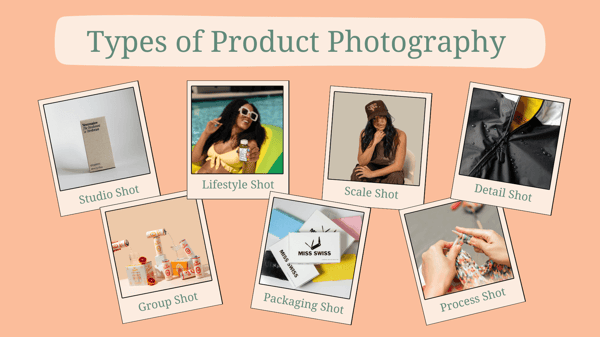
4. Always use a tripod
Having a tripod ensures precision and standardisation in photos. Taking photos with your hands, or propping your camera or phone on a shelf makes it all too easy for inconsistencies to pop up in product shoots and can come off unprofessional. Luckily, tripods are a small investment that reap immense rewards!
When choosing a tripod, you must decide between a traditional or a flexible design. Traditional tripods have legs that can be adjusted to different heights and angles and most often are placed on the floor. Traditional tripods are best suited for single location sets. Flexible tripods, on the other hand, are more portable. They have legs that can be bent and are often smaller, tabletop devices. For this reason, if you’re planning a shoot with multiple locations and hard to reach angle shots, choose a flexible tripod.
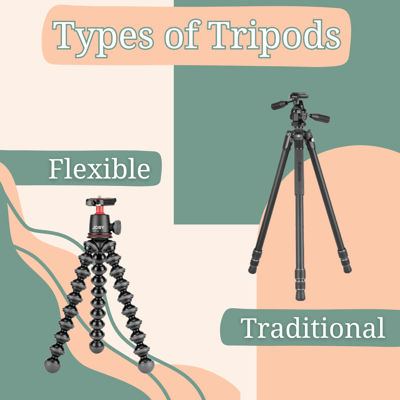
5. Control your lighting
Lighting is another factor that can affect how audiences receive your product. A setup that works for one product may not work for another. You can go about lighting in two ways: natural or artificial.
Natural lighting, or “soft light”, aids in emphasising the product’s surroundings rather than solely the product itself. Natural light sources are easier to navigate for beginners, as artificial light set-ups can be complex and confusing.
To create a professional product photo with natural lighting, take photos in a well-lit room next to a window. Indirect lighting is best, so don’t face any source of light head-on. For consistent lighting, make sure to shoot your images at the same time of day.
An artificial light setup is more complex than natural lighting, but may be the right choice for you. This type of lighting emphasises physical product features and can be more detail-oriented than natural light. It is also more consistent and is available at all times of the day, but is often much more costly than natural light due to necessary extra equipment, such as clamp lights, reflectors and diffusers.
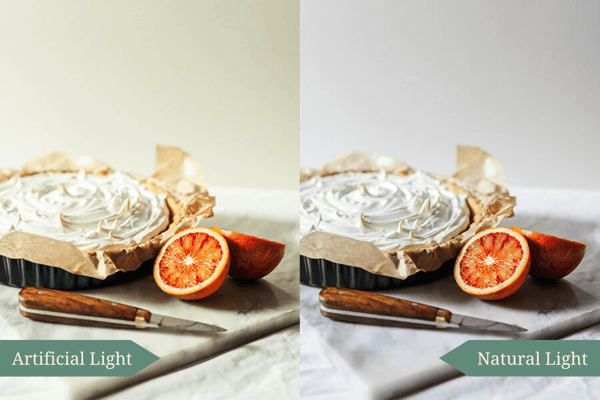
6. Create a professional background
The key to great photos is a top-notch backdrop, and using a sweep is generally the best way to achieve this. A sweep is a blemish-free sheet that transitions seamlessly from horizontal to vertical surfaces, allowing all focus to be on the product.
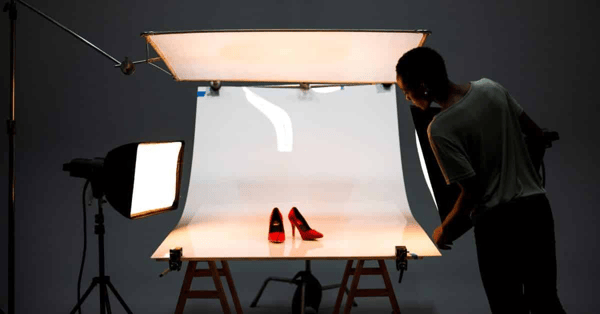
However, experimenting with different background textures and incorporating props can make a product shoot more dynamic and interesting. Creating a story surrounding your product makes visuals more engaging for potential buyers, so long as the backdrop doesn’t distract from the product itself. Photographer Danni Rossi advises business owners to “try to stick to their brand colours” to keep branding consistent.
7. Make use of editing software
A photoshoot isn’t done once the physical photos are taken. Post-production can enhance a good image into a great image. However, editing must be kept simple, as you want your product to look as it does in real life. There’s nothing worse than ordering a product and discovering it looks nothing like it did online!
Creating a template that streamlines product images’ size and overall look can simplify the editing process. And to sharpen a product photo, removing an image’s background can crisp things up. This is not always necessary but can create a crisp contrast if transferred onto a white background. This basic photo editing can be done through software like Photoshop, Lightroom or Pixlr Editor.
8. Don’t be afraid to reevaluate, readjust and mix things up
Finally, don’t shy away from experimentation! Explore different backgrounds, props, angles, lighting, etc. What works for one image may not always work for another. And when all else comes to fail, keep your styling simple and don’t overcomplicate things.
Product images are a creative representation of a brand, so discover what speaks to you and your business. Success never fails to shine through an authentic voice and tangible efforts.
Now go grab your camera and get to snapping!
Related articles:
Browse Popular Categories at CREOATE: Wholesale Jewellery | Wholesale Gifts | Wholesale Stationery | Wholesale Beauty Products | Wholesale Mugs | Wholesale Homeware | Wholesale Pet Supplies | Wholesale Gourmet Food | Wholesale Garden & Outdoor | Wholesale Baby & Kids Products
Browse Trending Collections on CREOATE: Wholesale Halloween | Wholesale Mother's Day Gifts | Wholesale Father's Day Gifts | Wholesale Valentine's Day Gifts | Wholesale Spiritual Supplies
>> View all


